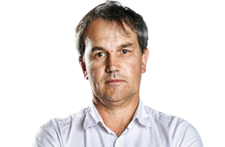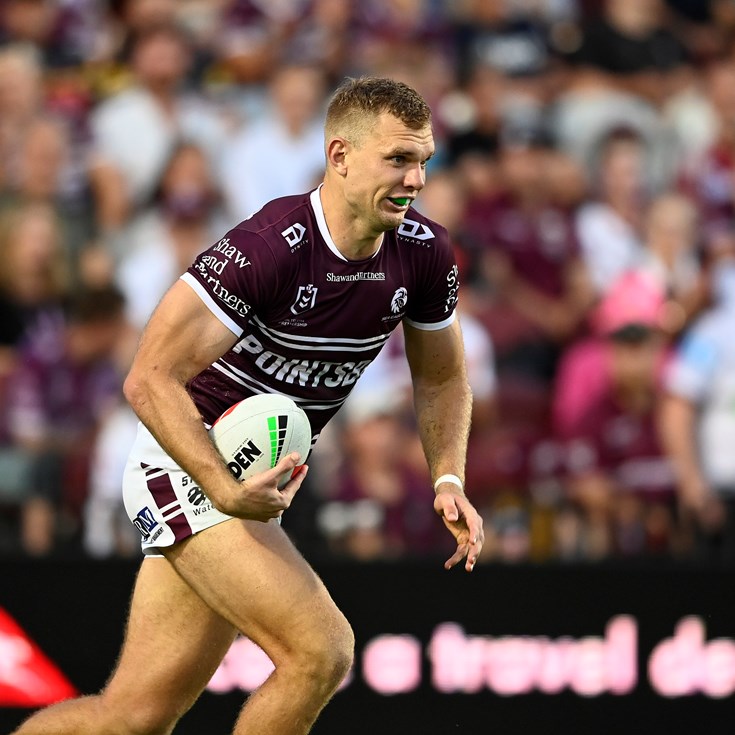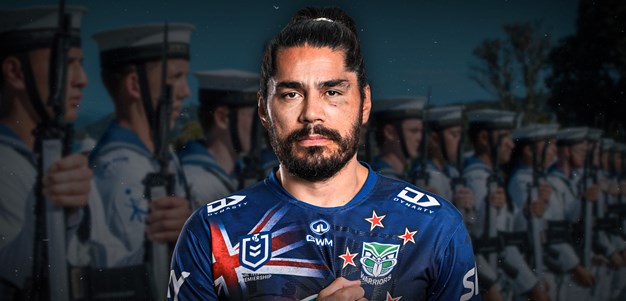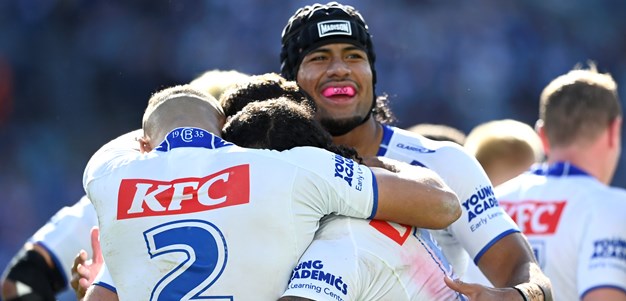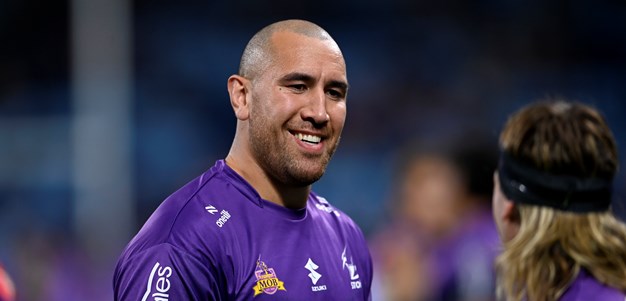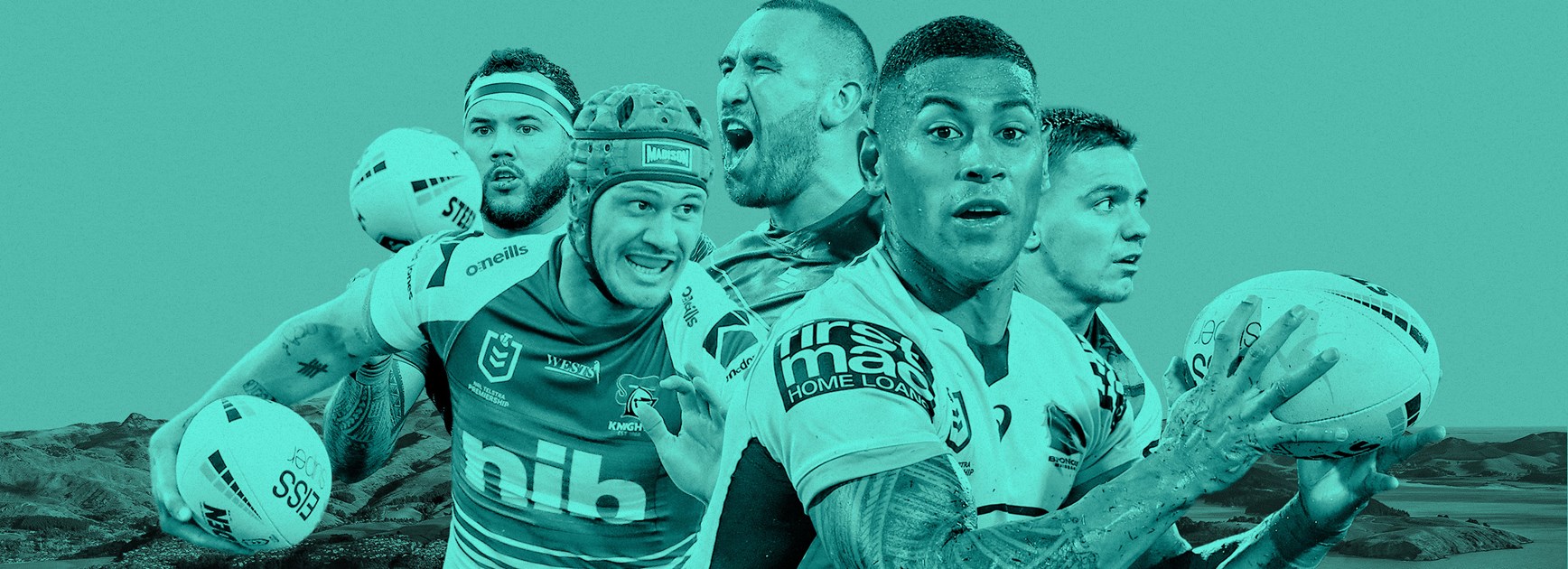
Former NZRL chairman Andrew Chalmers has officially launched a $30 million bid for a second New Zealand team based in Wellington and representing the lower North Island and South Island, including Christchurch.
Chalmers, who was in charge of the NZRL when the Kiwis won the 2008 World Cup, has formally advised the NRL of the bid to become the 18th team ahead of a series of meetings in Wellington next week with representatives of Sky Stadium and the NZ Campus of Innovation and Sport.
NRL CEO Andrew Abdo first publicly raised the possibility of a second Kiwi team being admitted to the Telstra Premiership in an interview with NRL.com in March and the ARLC has increased funding for junior pathways and coaching development in New Zealand.
With the ARLC now considering the viability of bids for a second Brisbane franchise to enter the NRL in 2023, a decision to introduce a 17th team may lead to an 18th team joining the competition in 2025 or 2026.
If that were to occur, Chalmers believes Wellington would be the ideal location for a second New Zealand team.
Under the Southern Orcas' proposal, the team would also play in Christchurch, with a view to growing enough demand in the South Island for the NRL to consider a third New Zealand franchise in the long-term future.
Because Origin isn’t motivated by victory, it’s powered by rivalry
Chalmers, who helped revive the Bradford Bulls after taking over as managing director in 2017, predicted it would take a new NRL franchise three years and NZ$30 million to prepare for entry.
He has been working on the establishment of a Wellington-based team for almost 30 years after being part of a rival consortium when the Warriors were granted their licence to join the premiership in 1995.
Chalmers was also involved in the Wellington Orcas' bid in 2004 but the difference now is the NRL has identified New Zealand as a key market for the game, with 26 per cent of the competition's players coming from across the Tasman.
"It is good to see that there seems to a political will for expansion in New Zealand now," Chalmers told NRL.com.
"As every NRL club knows, all the raw materials are here player-wise and I’ve reached out to the NRL through [head of football] Graham Annesley.
"Coming from the original bid in 1991 to 30 years later, I am committed to seeing a second side in New Zealand based out of Wellington and I believe that we can submit a compelling proposition that will meet the NRL’s strategic and economic objectives."
If successful, Chalmers said the Wellington bid would:
- Play out of Sky Stadium and take regular matches to Christchurch, where a new 25,000-seat stadium is being built;
- Establish regional high-performance academies for junior male and female talent in the lower North Island and South Island;
- Create an elite women’s team with aspirations to play in the NRLW;
- Provide NZ$30 million in capital to ensure the club’s financial viability, and;
- Develop a rivalry with the Warriors that would generate huge interest in New Zealand.
Get Caught Up: Magic Round must-see moments
"I think we would want to take the game to Eden Park when we play in Auckland because it is going to be a full house in Wellington or indeed the new stadium they are building in Canterbury, which is due for completion in 2025," Chalmers said.
Growth areas abound
The emergence of a possible second Kiwi team coincides with a renewed focus on development in New Zealand through the introduction of a national under-20s competition and plans for under-16s and under-18s competitions.
NZRL CEO Greg Peters said the ARLC's investment in New Zealand would not only produce talent for the NRL but also help to grow the international game.
Who’s your team’s clutch player?
"The ARLC have provided funding in the past but it has significantly increased this year and there is a greater recognition of New Zealand's place in the development pathway, which we are grateful for," Peters said.
"The number of players who come from New Zealand currently sits at about 26 per cent of the NRL and the primary objective was to create to start of a development focus for young players in New Zealand.
"We have utilised some of the funding that we have received for our under-20s competition and the next focus is under-16s and under-18s nationally, as well as coach education and development.
"I think it is a staged pathway to the exciting concept of having a second New Zealand team but we need to make sure that the base is sound and that the Warriors are in a strong position before we consider expansion."
Rivalry creates intrigue
Chalmers insists a second Kiwi team based in Wellington would not cannibalise the Warriors but benefit the Auckland-based club and help grow the game throughout New Zealand.
"I know [Warriors chairman] Rob Croot really well and I know the owner, Mark Robinson," Chalmers said.
"Mark and his family have been huge supporters of rugby league for decades so it is important that whatever expansion is done it is going to benefit all stakeholders, including the Warriors.
Every try from Magic Round
"The question to ask is whether their position is going to be improved with the addition of a second New Zealand side and I think that without a doubt we will be able to demonstrate that is the case, not just in terms of sporting eyeballs but growing the game.
"Whether we like to admit it or not the Warriors are still very Auckland-centric, but the game and the fans exist outside of Auckland too.
"You have got to think what is the long-term plan for growth and expansion from the NRL's perspective and when you put that lens on, and you think technically and strategically what you want to achieve, it makes sense that Wellington becomes the next step in that expansion.
"If we also play a couple of games in Christchurch then what you are ultimately doing is putting in place the seeding for future opportunities for a third team in New Zealand."
Which team do you love to beat the most?
A holistic approach
The lower North Island, including Hastings, New Plymouth, Palmerston North and Wellington, has a population of more than 800,000 and Sky Stadium has hosted the largest attendances for NRL matches outside Auckland.
The record Wellington crowd is 30,112 for the 2013 Warriors-Bulldogs clash, while other recent attendances include the Warriors v Tigers in 2014 (22,512), Warriors v Dragons (18,317) in 2015, Warriors v Bulldogs in 2016 (18,212) and Warriors v Sharks in 2019 (14,295).
"Wellington has already got a host of elite-tier sports teams, it has got first-class facilities and when you look at the depth of players who can flow into these pathways it is significant," Chalmers said.
"You are not just looking at Wellington, you are looking much broader population-wise."
Chalmers said the Wellington bid would also focus on female pathways with the aim of producing players for the NRLW and Kiwi Ferns.
"We would build on the work that was done putting in place the Orcas academy, which was very, very successful but we would see that on a regional basis with a lower North Island, South Island-style high-performance junior program," Chalmers said.
"It’s not just about males. We would see the regional high performance academies being targeted at males and females, so it would be a genuine pathway in terms of education and sport.
"During my time at the Bradford Bulls in 2017 we won the inaugural Women’s Super League so I understand how important it is to provide opportunities for female players."
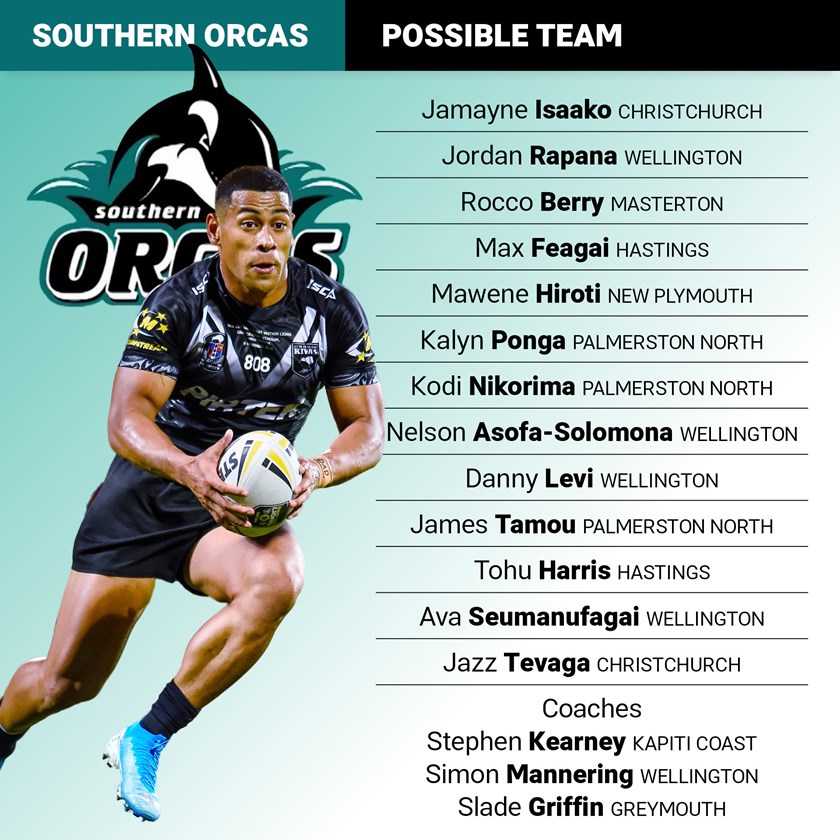
Pipeline of talent
The Wellington Orcas academy established in 2005 as part of the NRL bid produced Simon Mannering, Issac Luke, Ben Matulino, Mose Masoe and John Te Reo.
Stephen Kearney, John Lomax, Paul Whatuira, David Faiumu, Billy Weepu and Syd Eru are others to come from the New Zealand capital.
There are more than 20 current NRL players from the lower North Island and South Island, including Nelson Asofa-Solomona, Kalyn Ponga, Tohu Harris and Jamayne Isaako, while Kearney, Mannering and Slade Griffin are in coaching roles.
However, with strong competition from rugby union Chalmers said the NRL was missing out on some of the best talent because the Warriors were the only New Zealand-based team.
"One of the difficult things for high-performance juniors at the moment is that the choices become fairly narrow," he said.
"The Warriors can’t take all the players they develop just in their immediate catchment area so if you are a high-performance athlete you have to uproot and leave so it makes it quite difficult for younger players.
"For a lot of players who don't want to relocate overseas, having a second New Zealand team would make the NRL an attractive option."
The views in this article do not necessarily express the opinions of the NRL, ARL Commission, NRL clubs or state associations.
